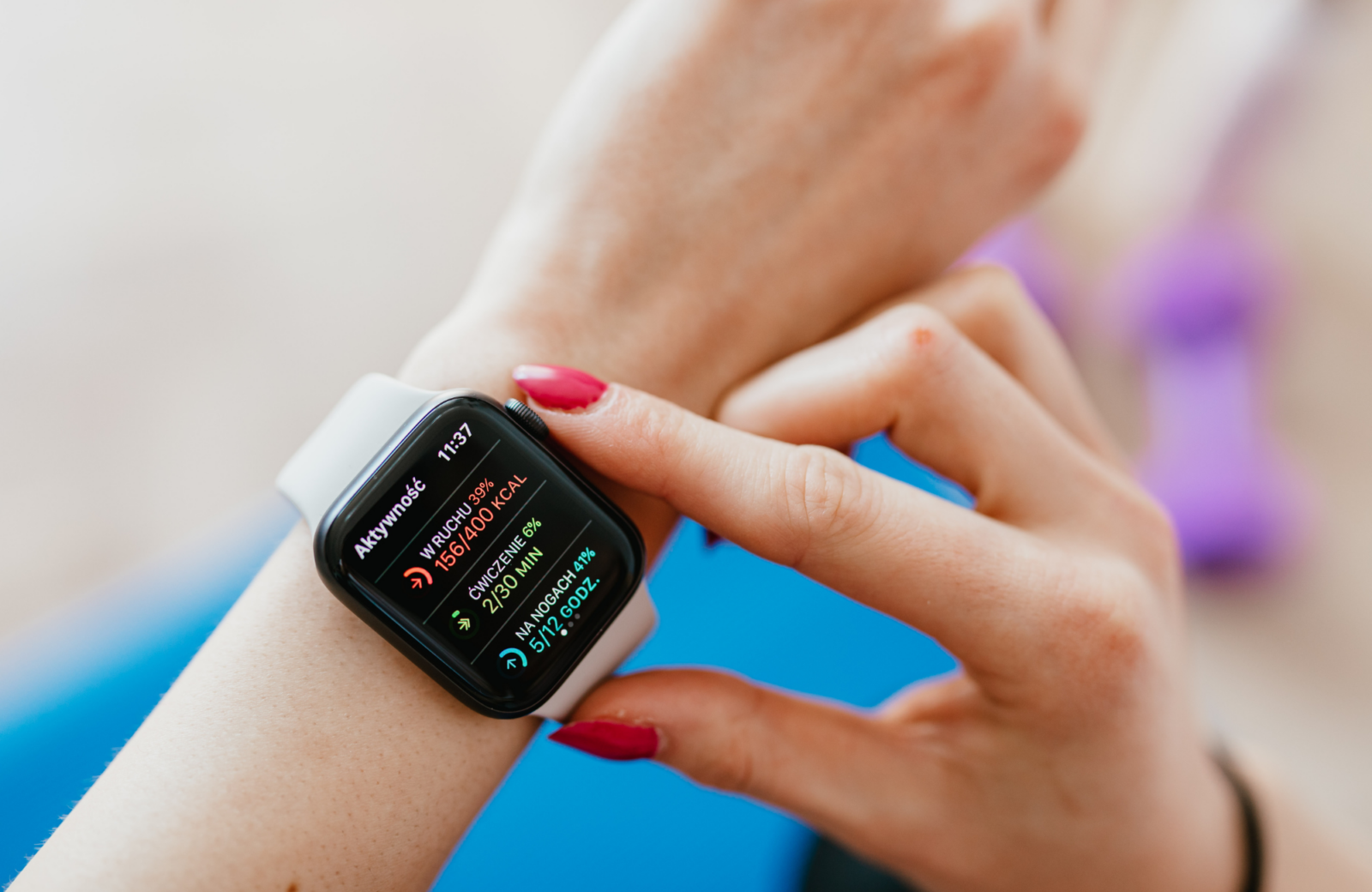Machine Learning Helps Predict Exercise Habits, Study Finds

A University of Mississippi research team analyzed survey data using machine learning to identify key factors in whether adults meet recommended physical activity guidelines
A University of Mississippi team is using machine learning to predict whether individuals adhere to national physical activity recommendations. The study, published in Scientific Reports, used public health data from nearly 12,000 adults to assess predictors of exercise adherence.
Led by doctoral students Seungbak Lee and Ju-Pil Choe and sport analytics professor Minsoo Kang, the group analyzed National Health and Nutrition Examination Survey data collected between 2009 and 2018. They focused on factors such as demographics, body measurements and lifestyle behaviors to forecast compliance with federal guidelines.
“We aimed to use machine learning to predict whether people follow physical activity guidelines based on questionnaire data,” said Choe, the study’s lead author. “Demographic variables such as gender, age, race, educational status, marital status and income, along with anthropometric measures like BMI and waist circumference, were considered.”
The federal guideline recommends adults engage in 150 minutes of moderate or 75 minutes of vigorous exercise each week. According to the CDC, approximately 46.9% of U.S. adults meet the aerobic physical activity guidelines, and 24.2% meet both aerobic and muscle-strengthening guidelines CDC.
The team found that sitting time, gender and education level were the most consistent predictors across the top-performing models. “While factors like gender, BMI and age are more innate to the body, educational status is an external factor,” Choe said. “I was surprised by how significant it was.”
Machine learning allowed the researchers to identify nuanced patterns often missed by traditional statistical methods, especially in large datasets with complex variable interactions.
One limitation, Choe noted, was the reliance on self-reported activity data, which may be overestimated by respondents. Future research may incorporate objective metrics such as wearable fitness trackers to validate findings.
The study excluded participants with incomplete responses or preexisting conditions, narrowing the sample to 11,683 individuals.



